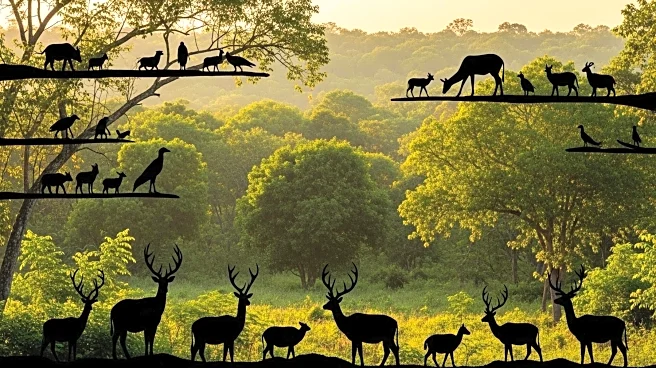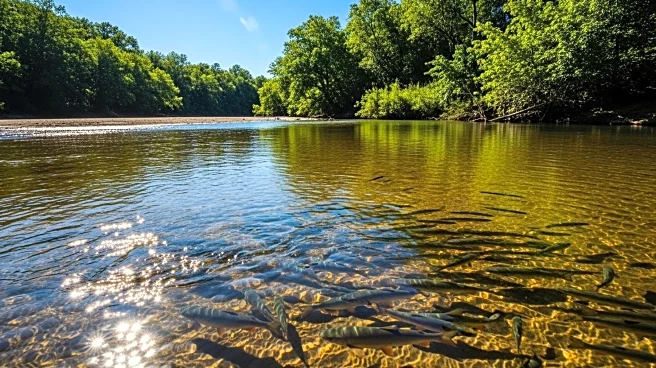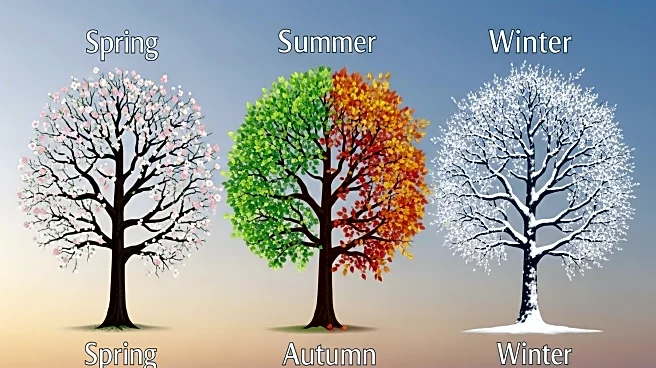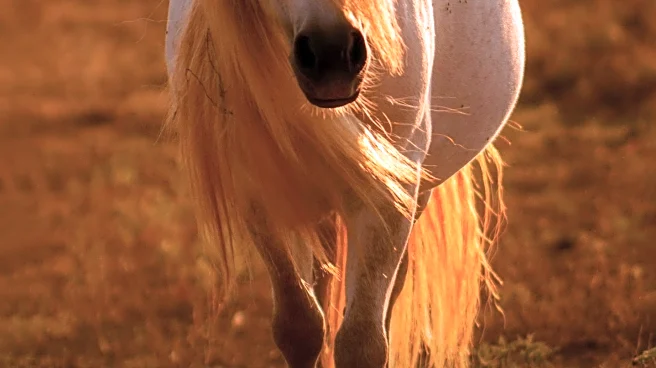What's Happening?
Marc Stalmans, a prominent ecologist, passed away on August 30th at the age of 66. He was instrumental in the restoration of Gorongosa National Park in Mozambique, a region devastated by civil war from 1977 to 1992. Stalmans joined the Gorongosa Restoration Project in 2006 and later became the science director in 2012. His work focused on reintroducing species and managing the park's ecological balance. Under his leadership, the park saw a significant increase in wildlife populations, with over 100,000 large animals now inhabiting the area. Stalmans' approach combined scientific research with practical application, ensuring that ecological recovery was both sustainable and effective.
Why It's Important?
Stalmans' work at Gorongosa National Park serves as a model for ecological restoration worldwide. His efforts demonstrate the potential for recovery in ecosystems severely impacted by human conflict. The increase in wildlife populations under his guidance highlights the importance of scientific research in informing conservation strategies. Stalmans also emphasized the role of local expertise, training Mozambican students in ecology to ensure the park's future sustainability. His legacy underscores the critical need for integrating local knowledge and scientific research in conservation efforts, offering valuable lessons for similar projects globally.
What's Next?
The continuation of Stalmans' work at Gorongosa National Park will likely focus on maintaining the ecological balance he helped establish. The park's management may continue to prioritize local training and involvement, ensuring that the knowledge and skills necessary for ongoing conservation are retained within the community. Additionally, the strategies developed by Stalmans could be adapted and applied to other regions facing similar ecological challenges, potentially influencing global conservation practices.
Beyond the Headlines
Stalmans' approach to conservation highlights the ethical responsibility of restoring ecosystems damaged by human activities. His work at Gorongosa not only revived a devastated landscape but also provided a blueprint for addressing ecological damage in other conflict-affected areas. The success of the Gorongosa Restoration Project may inspire further investment in conservation efforts, emphasizing the importance of ecological restoration in global environmental policy.











